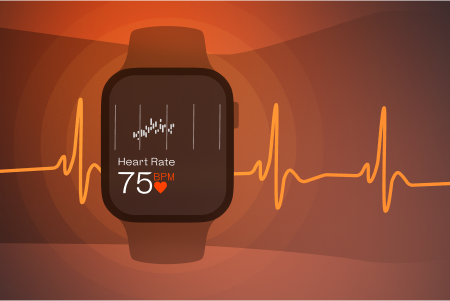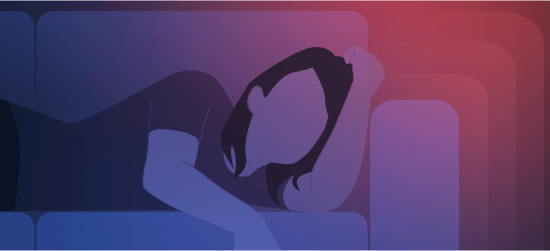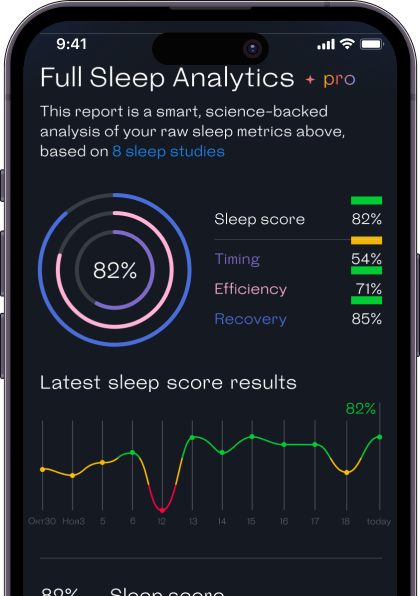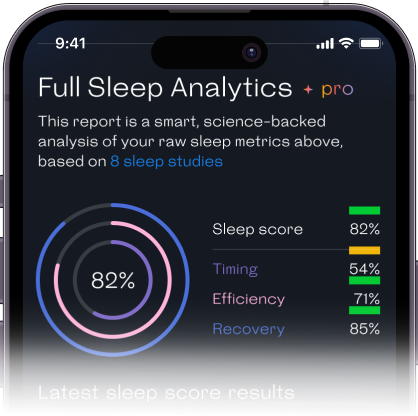


Welltory is the Ultimate HRV App





Napping can be an exceptional tool for maintaining optimal cognitive function and energy levels. With numerous scientific studies on napping, let’s explore the ideal nap duration to help you reap the most benefits.
A study conducted by the National Sleep Foundation suggests that a 20-30 minute nap can improve alertness and performance without causing grogginess. This nap duration, known as the “power nap,” allows you to experience stage 2 sleep, which enhances motor skills and attention.
However, naps can also last up to 60 minutes. This nap length allows for slow-wave sleep, which helps with memory consolidation and recall.
Napping for 90 minutes, or a full sleep cycle, can benefit creativity and emotional processing. A study published in the journal Nature Neuroscience found that naps of this duration result in rapid eye movement (REM) sleep, which plays a role in emotional regulation and problem-solving.
Get Welltory
to track sleep
Get Welltory
to track sleep



Despite these benefits, longer naps may not always be suitable. A study in the Archives of Internal Medicine revealed that napping for over 30 minutes daily could increase the risk of developing type 2 diabetes and cardiovascular issues.
Additionally, napping too close to bedtime can disrupt nighttime sleep patterns. The Sleep Health Foundation recommends napping no later than early afternoon to avoid sleep disturbances.
Chronotypes, or morning and evening preferences, are primarily determined by genetics and can significantly impact sleep patterns and daily energy levels (Adan, A., & Almirall, H., 1991).
If you are a morning type, or an “early bird,” you’ll likely experience peak alertness earlier in the day and may have an earlier optimal window for napping. According to a study in the Journal of Clinical Sleep Medicine, morning types benefit most from napping between 1 pm and 3 pm, as this time frame aligns with their natural dip in alertness.
On the other hand, if you are an evening type, or a “night owl,” you’ll experience peak alertness later in the day and may prefer a later nap window. The same study suggests that evening types can benefit from napping between 2 pm and 4 pm, as it corresponds to their natural energy slump.
It is important to remember that personal preferences and sleep needs can vary. For some, a brief power nap in the early afternoon can be revitalizing, while others may prefer a longer nap to enhance memory and creativity. By paying attention to your chronotype and adjusting your nap habits accordingly, you can tailor your napping practices to best support your cognitive function and daily energy levels.
To determine your chronotype and gain further insight into your optimal nap time, consider taking a morningness-eveningness questionnaire or consult with a sleep specialist. By understanding your unique sleep preferences, you can optimize your napping habits and enhance your daily productivity and overall quality of life.
Welltory Team, 30 Mar. 2023
 App Store
App Store
 Google Play
Google Play
 Huawei AppGallery
Huawei AppGallery
 Galaxy Store
Galaxy Store

